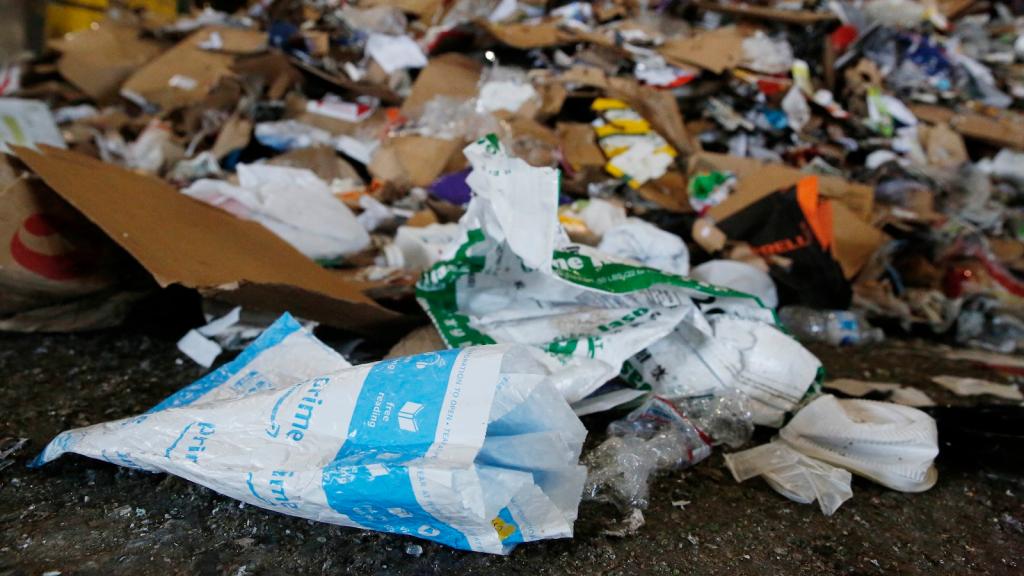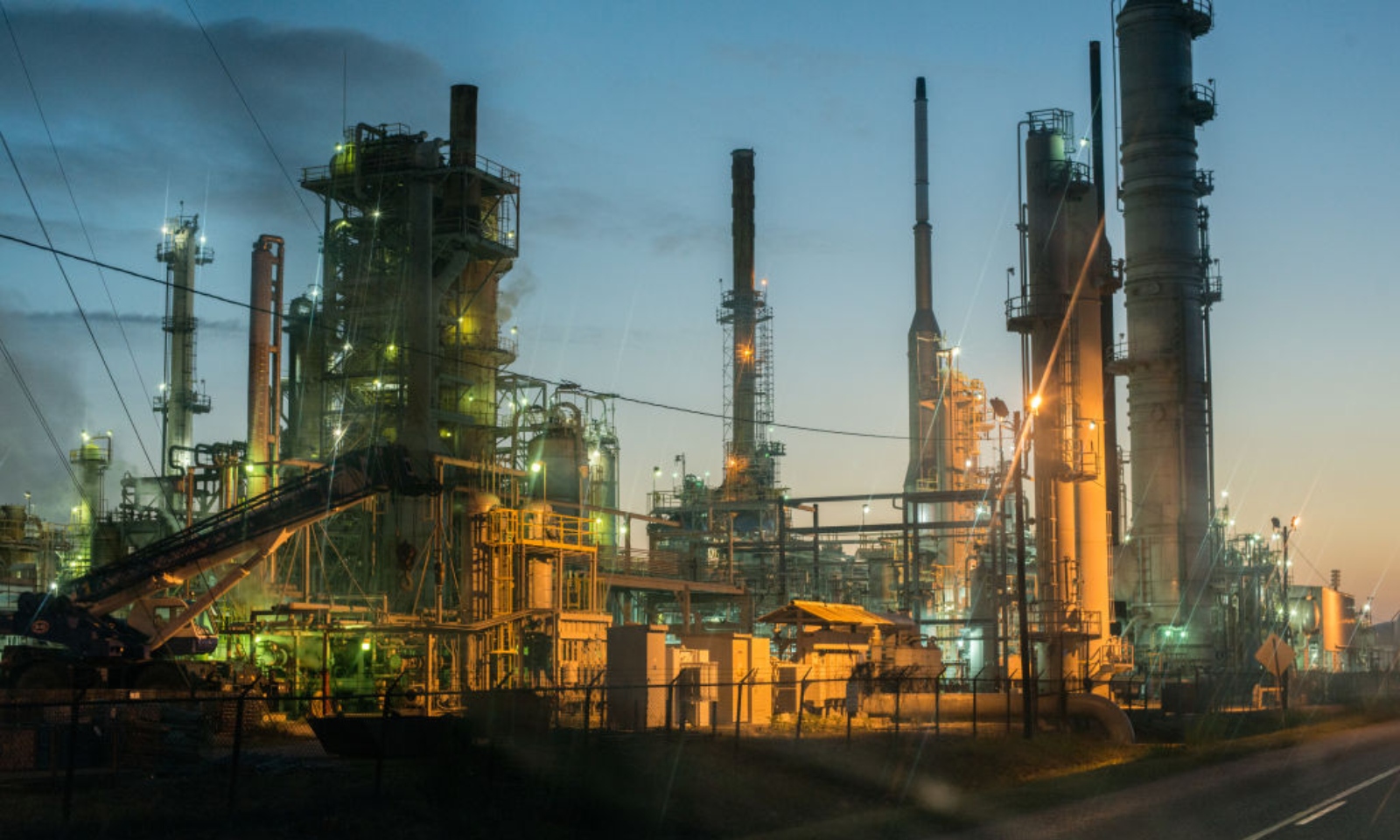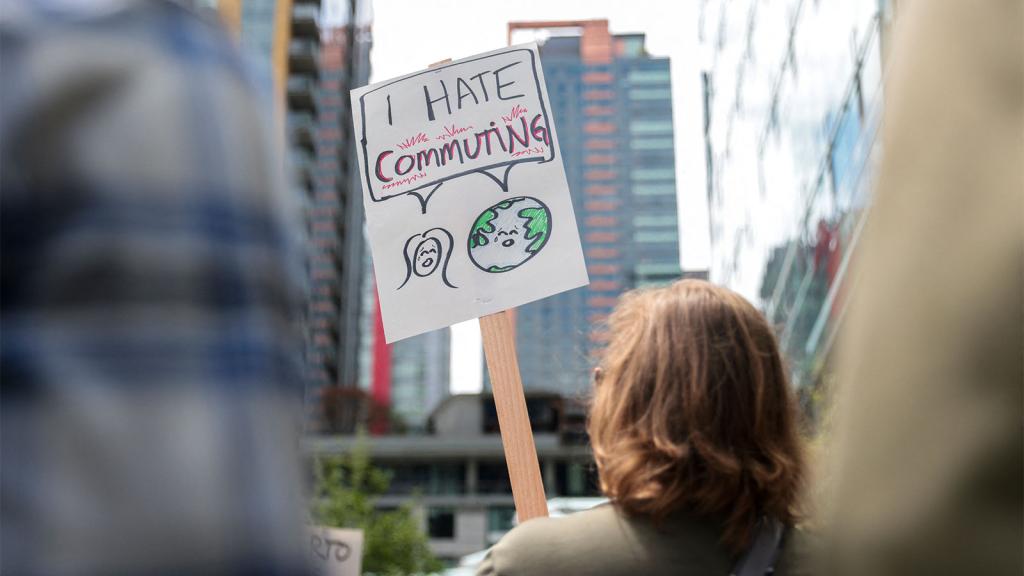The chemical plants that dot the industrial corridors of Texas and Louisiana produce some of the most toxic pollution in the country. Companies like Celanese and Indorama Ventures emit ethylene oxide and 1,3-butadiene into the air of predominantly Black and Latino communities, day and night. At the start of his term running the EPA in 2021, Michael Regan pledged to tackle these emissions. On Tuesday, the agency announced a major step in that direction when it finalized a rule to cut thousands of tons of toxic emissions and require air monitoring at more than 200 chemical plants across the country.
“We promised to listen to folks that are suffering from pollution and act to protect them,” Regan said in a press release. “Today we deliver on that promise with strong final standards to slash pollution, reduce cancer risk, and ensure cleaner air for nearby communities.”
It marks the first time that federal regulations for chemical plants have been updated in decades. The EPA expects the rule to cut more than 6,200 tons of toxic emissions each year, and lead to reductions of more than 100 hazardous pollutants. Officials also estimated a 23,000 ton-per-year reduction in smog-forming volatile organic compounds, which create the brown-tinged air often found in industrialized areas. The announcement follows a move in March to crack down on emissions of ethylene oxide, a dangerous carcinogen, from facilities that sterilize medical equipment.
Some of the facilities subject to these rules, such as the Denka Performance Elastomers plant in Louisiana’s St. John the Baptist Parish, are more than half a century old. Regan visited St. John on a tour of pollution hotspots across the Deep South in November 2021, and promised residents that they would see a reduction in Denka’s emissions of chloroprene, a toxic compound that studies have linked to cancers of the liver, lung, and digestive system. But multiple avenues the agency took to tackle the plant’s pollution, including a civil rights complaint and an emergency legal motion, failed to cut the facility’s emissions.
The new rule “shows that the agency was not willing to give up after trying to use other legal platforms to address the problem,” said Scott Throwe, a former EPA enforcement official and air pollution expert.
The most important chemical that the rule seeks to reduce is ethylene oxide, a potent carcinogen that studies have linked to cancers of the breast and the lymph nodes. Plants emitting ethylene oxide came under greater scrutiny after the EPA published a study in 2016 finding the chemical to be 30 times more toxic to adults and 60 times more toxic to children than previously thought. Ethylene oxide pollution is particularly bad in the industrial suburbs of the Houston Metro Area and in Cancer Alley, the corridor full of oil refineries and chemical plants on the lower Mississippi River in southeast Louisiana.
Once it’s in place, the rule is expected to reduce both ethylene oxide and chloroprene emissions from certain processes and equipment by nearly 80 percent. One provision seeks to improve the efficiency of flares, gas combustion devices that burn off excess chemicals. Recent research connected the practice of gas flaring to increased childhood asthma cases. The regulations will also require plant operators to install monitors around the perimeters of their sites to measure concentrations of a number of cancer-causing chemicals, including ethylene oxide and vinyl chloride. If the amount of any of these chemicals is above the agency’s “action level,” plant operators will be required to determine the cause and make repairs. In a fact sheet published alongside the final rule, the EPA noted that a similar monitoring provision in the regulations for petroleum refineries led to significant reductions in benzene levels around those facilities.
Chemical companies subject to the rule will have two years to implement the new provisions. Officials estimated that the regulations will cost the chemical industry $1.8 billion over the next 14 years, the equivalent of $150 million per year.
“Most of the facilities covered by the final rule are owned by large corporations,” the agency noted. “The cost of implementing the final rule is less than 1 percent of their annual national sales.”



